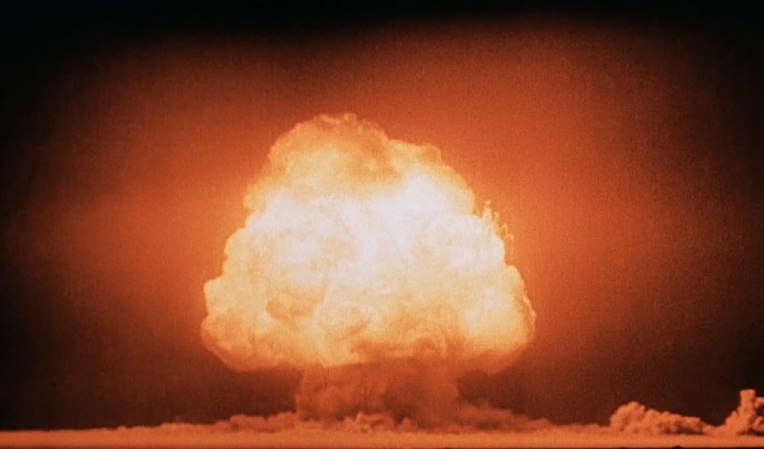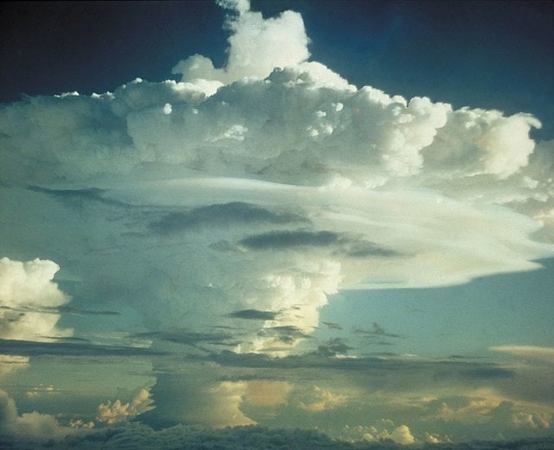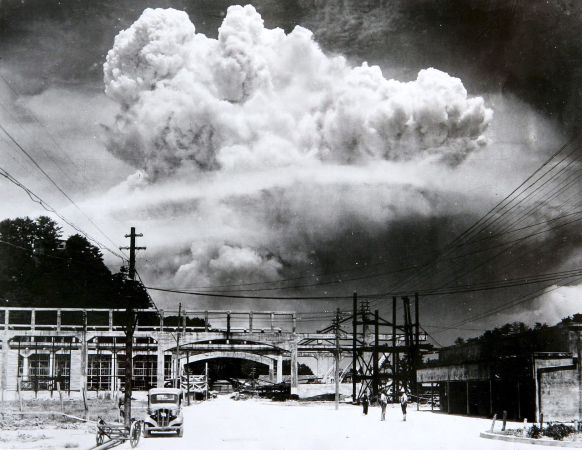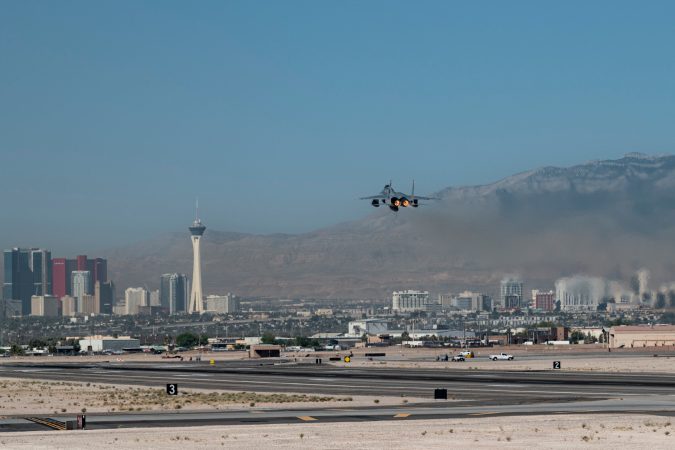You would think that nuclear weapons testing and tourism wouldn’t go together. But in fact, tourists who went to Las Vegas to watch the nuclear tests helped fuel the growth of that city in the 1950s.
In the 1950s, the United States carried out over 150 nuclear weapons tests above ground. Some of these tests – particularly the large-scale thermo-nuclear bomb tests like the 1954 Castle Bravo test, which had a 15-megaton yield – were carried out in the Central Pacific. Not exactly accessible to tourists, but well out of the way (an important consideration considering the power of the bombs).

However, in Nevada — where the explosions and subsequent mushroom clouds were visible from Las Vegas — These tests gave that rapidly-growing city’s economy a surprising boost. Many tourists traveled to Vegas hoping they’d see one of these tests take place.
Of course, today, we know about the after-effects of all those explosions, including fallout that leads to cancer and other medical issues for people who were downwind of the nuclear blasts.

Back then, it was seen as just a fancy fireworks display for Sin City residents and tourists on the United States government’s dime. In 1963, the Partial Test Ban Treaty was ratified. That ended the era of above-ground testing, and limited the blasts to underground.
The U.S. continued to carry out underground nuclear tests until 1992, when the Comprehensive Nuclear Test Ban Treaty curtailed nuke blasts. That treaty, however, has still not been ratified by the Senate. Check out this video from the Smithsonian Channel to learn more about Sin City’s nuclear tourism boom (pun intended).


















